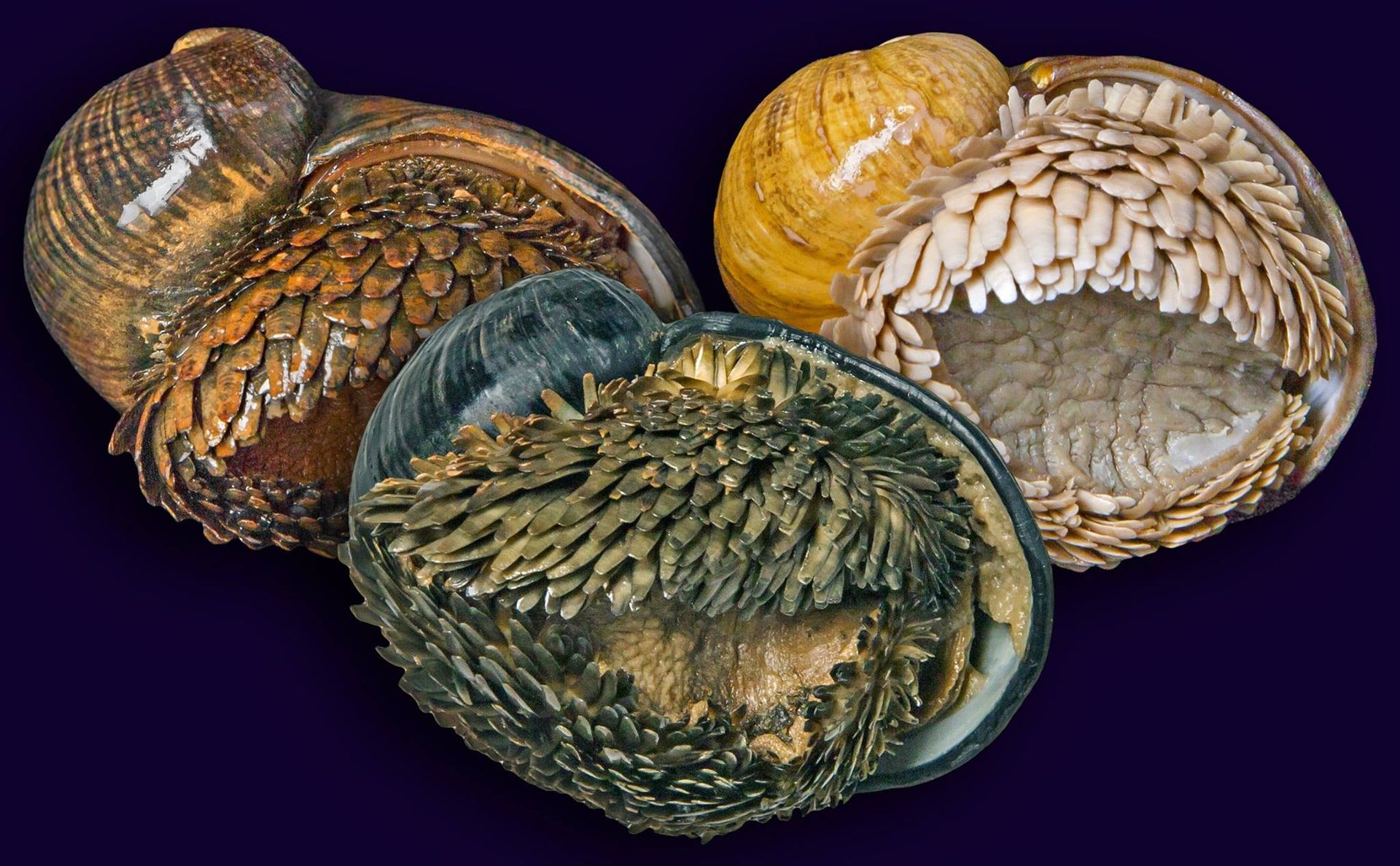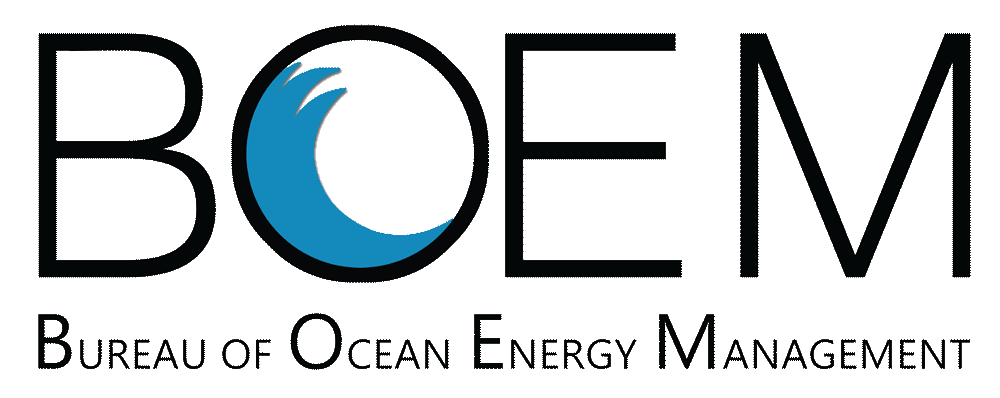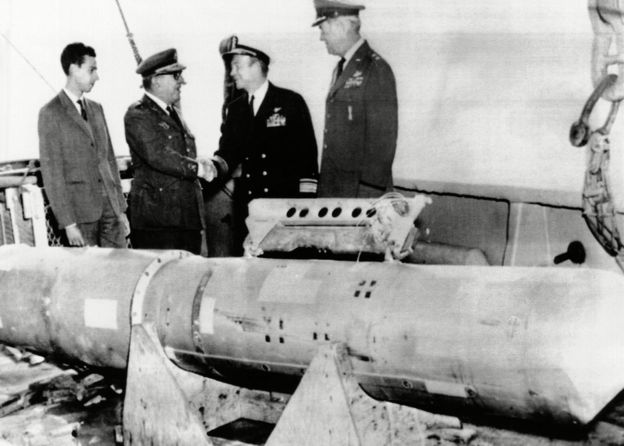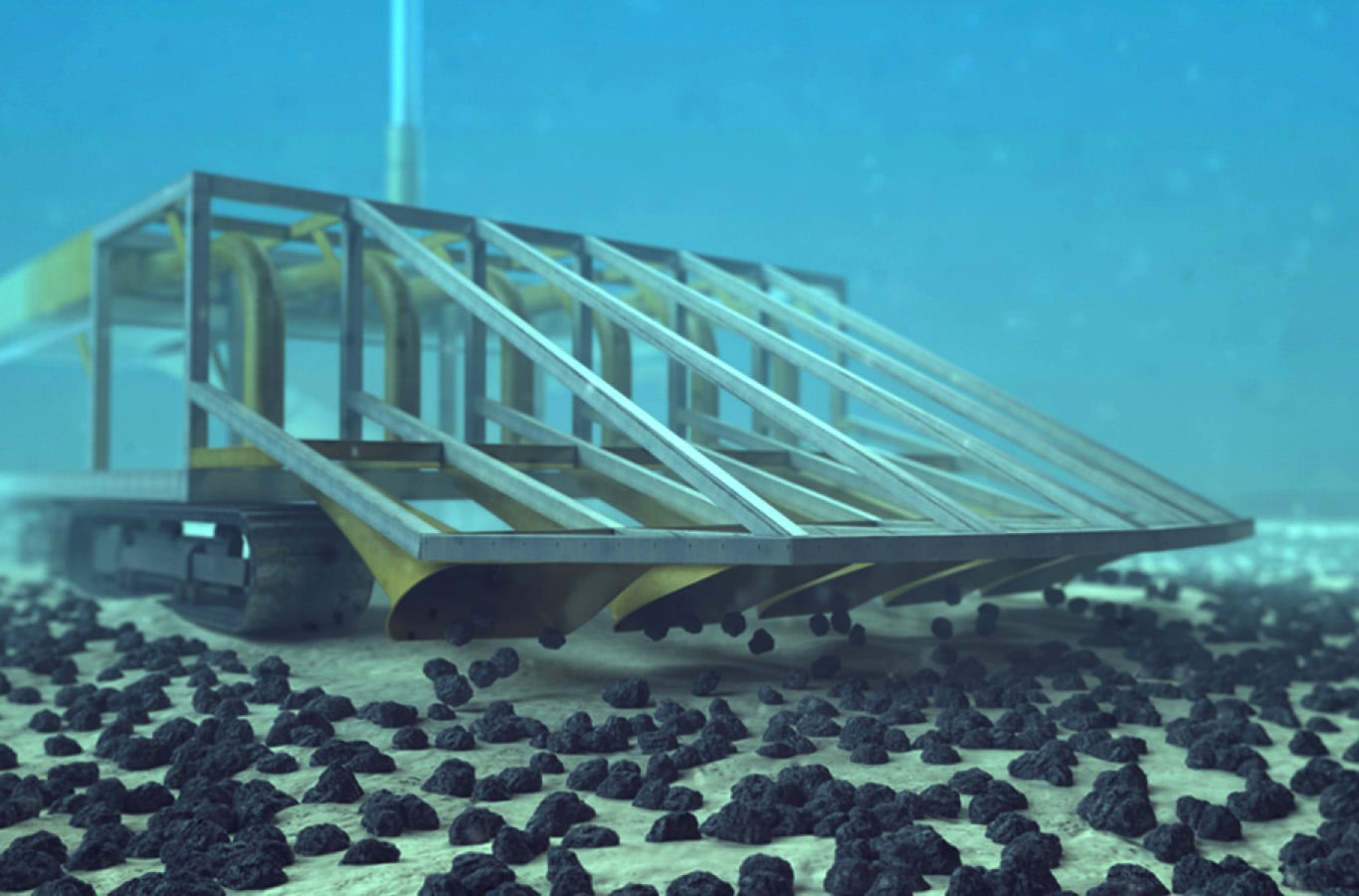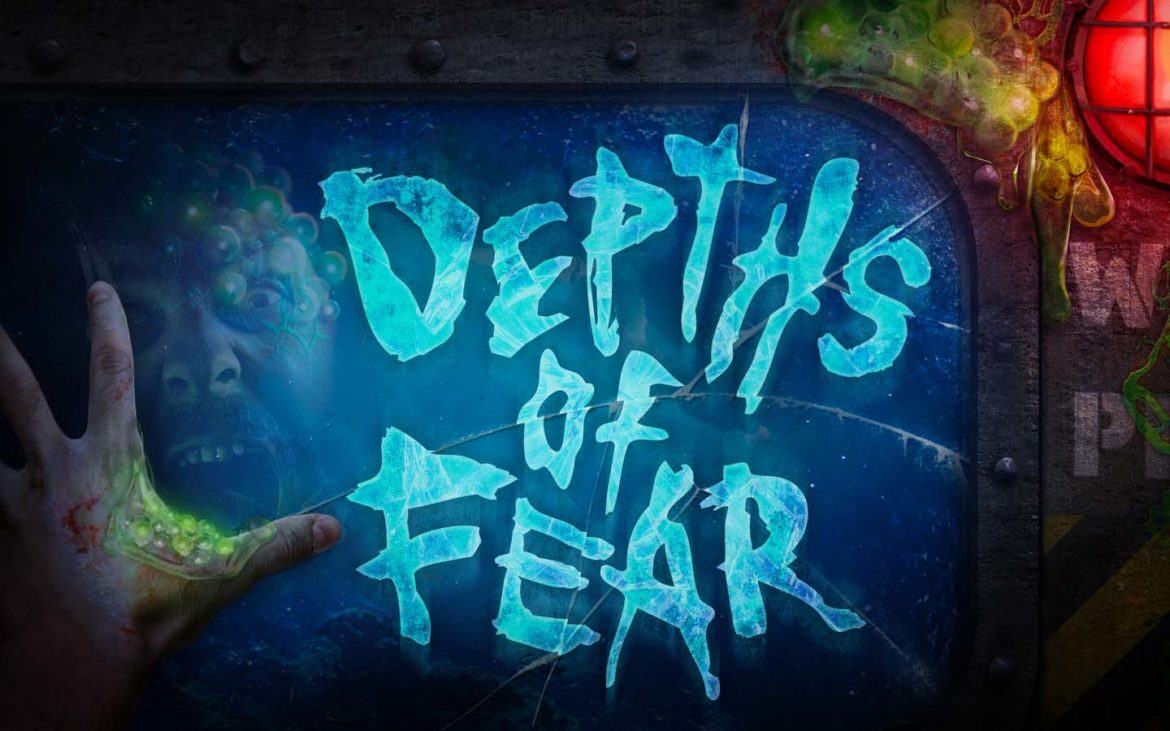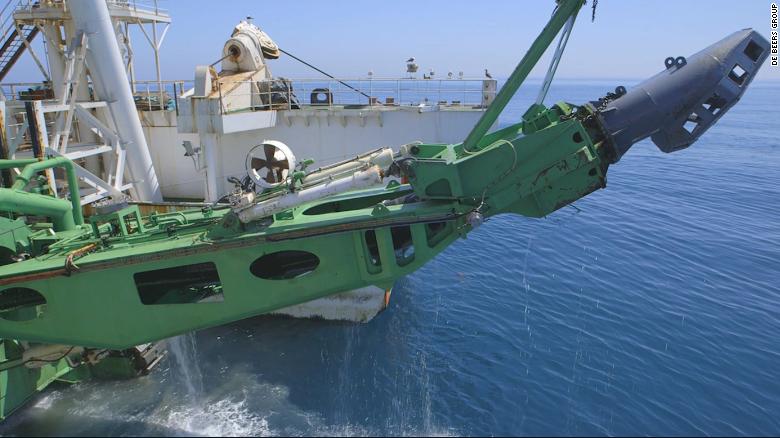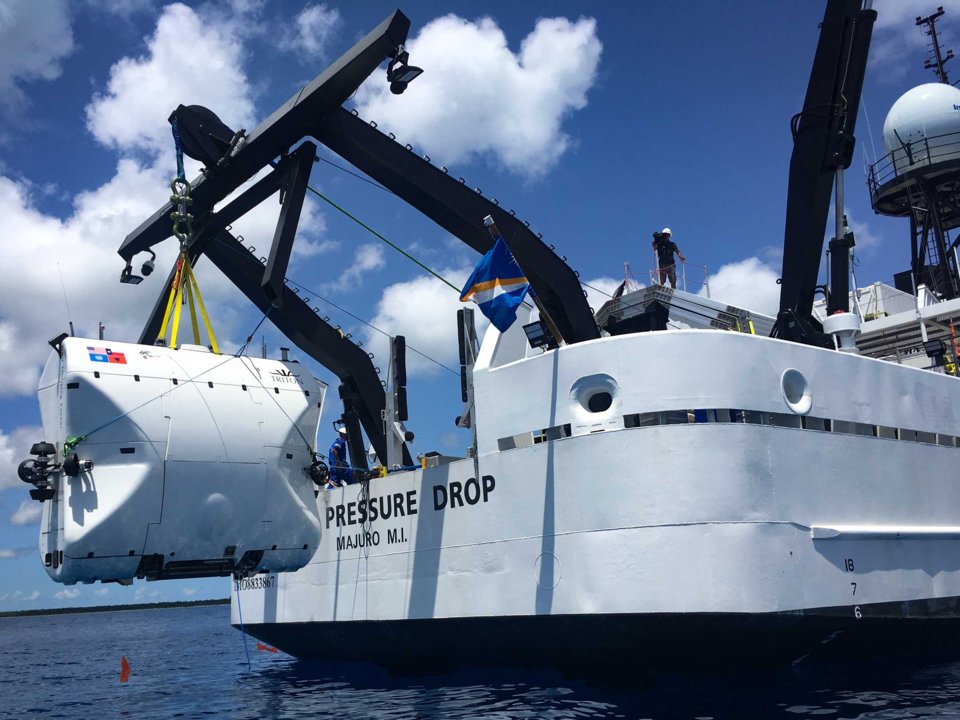In 2001, on an expedition to hydrothermal vent fields in the Indian Ocean, researchers made a bizarre discovery. Clustered in small aggregations around the base of a black smoker was an unusual snail, seemingly clad in a suit of armor. Rather than a single, hard, calcareous structure, the snail’s operculum was covered in a series […]
Read More